MIT lincoln laboratory and US-based sharrow marine have proposed unique toroidal propellers that could revolutionize aerial + marine sectors.
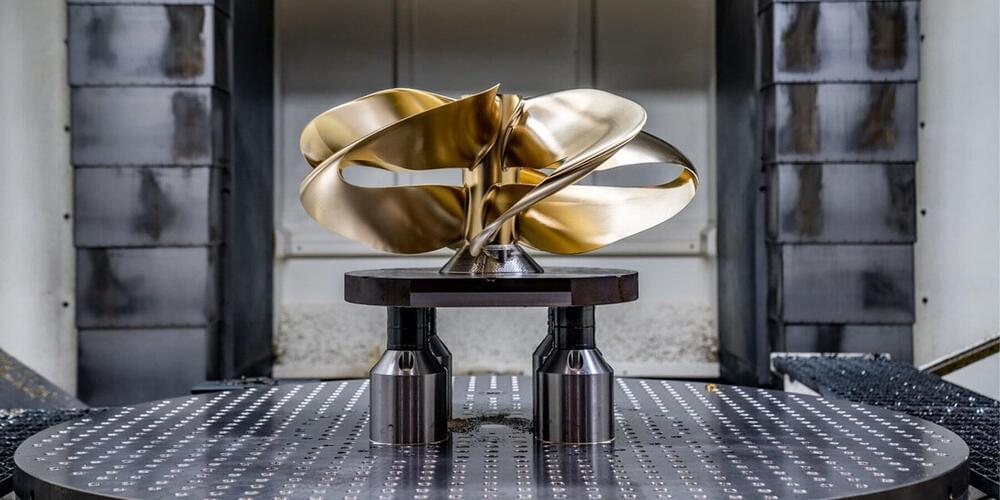

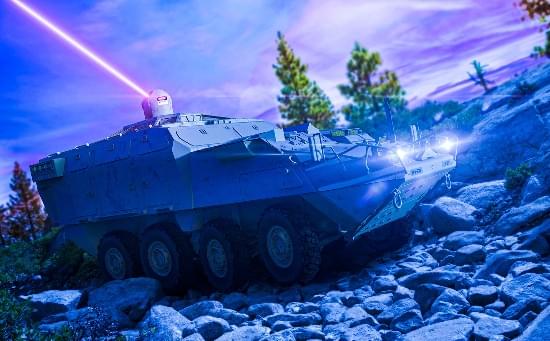
The DEIMOS laser weapon is seen here in illustration, capable in the near future of knocking a drone, ordinance, aircraft and even missiles out of the sky.
It is the economics of laser weapon systems that makes this type of ordinance so attractive. At the moment various vendors like Lockheed Martin, and Raytheon are building 50 Kilowatt laser weapons. But there is no determining limit on the strength. The U.S. Department of Defense estimates a 100 Kilowatt laser could easily handle a drone, a small boat, a shell fired by artillery, and even a mortar. For a cruise missile, the estimate is a 300 Kilowatt laser, and for a ballistic missile or hypersonic weapon, a 1 Megawatt laser. Lockheed Martin is already testing a 300 Kilowatt version of DEIMOS.
The US Navy is looking at 100 Kilowatt versions of DEIMOS for its ships and looks like it will replace arming vessels with rail gun technology which now appears to be considered obsolete. Rail guns were high-speed ordinance systems designed to knock down incoming cruise missiles but when costs are compared the laser has the technology beat.
Lockheed Martin’s version performs in any atmospheric condition. Combined with target tracking radar the laser can be pointed at a target with precision even when travelling at hypersonic speeds.
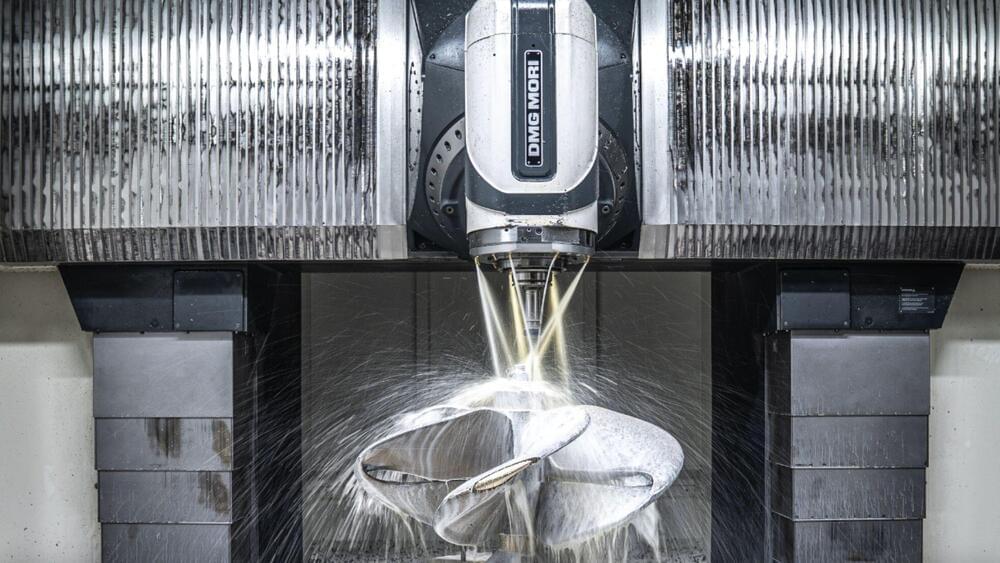
They consist of two blades looping together so that the tip of one blade curves back into the other.
The MIT Lincoln lab has produced some new devices for aircraft and drones that make some impressive efficiency gains and are radically quieter.
“The toroidal propeller allows a small multirotor unpiloted aircraft, or drone, to operate more quietly than current drones that use propeller forms unchanged since the beginning of aviation,” said a statement by the lab.
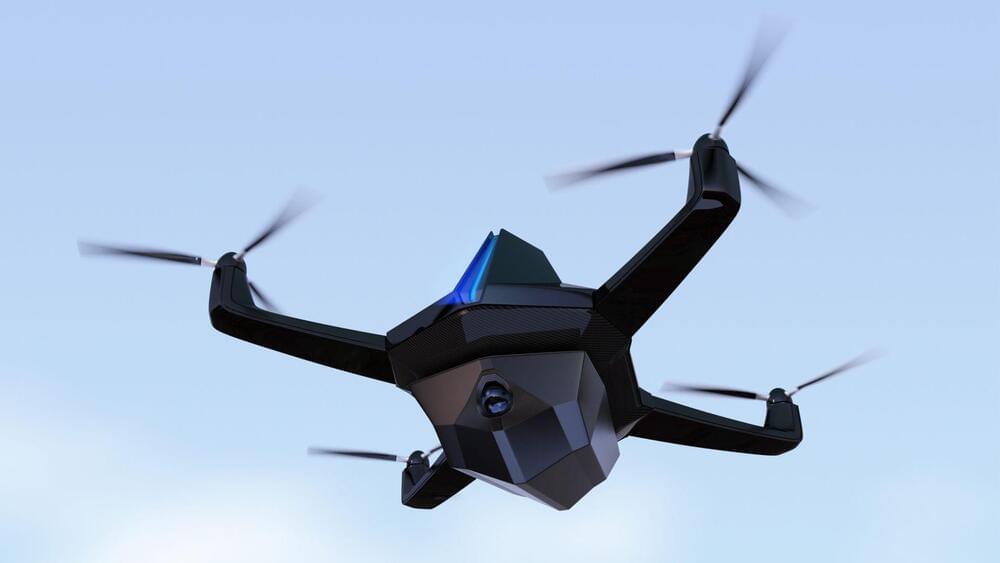
The method would charge drones while their airborne, meaning they would never have to land.
A team of researchers from the Northwestern Polytechnical University (NPU) in China has developed a method for using high-energy laser beams to keep drones airborne “forever,” according to a report from The South China Morning Post.
Laser-powered drones could remain aloft “forever”.
Chesky_W/iStock.
Though high-power laser systems are more often associated with anti-drone technologies, Professor Li Xuelong and colleagues from NPU have devised a method that will do the opposite of downing the increasingly ubiquitous small aircraft.
You might be rolling your eyes as you see the drone take off to the skies and hover over the Australian coastline, camera angled straight down towards the glistening turquoise water. “Another TikTok influencer trying to get the perfect shot,” you grumble to yourself. But if you look closely at the pilot, you’ll notice they’ve got a sign next to them that says “Keep Clear” in bright yellow and red letters. This is no TikTok influencer.
It’s an Australian surf lifesaver, using the above drone to spot sharks at the beach before they get too close to swimmers like yourself.
Australian surf lifesavers are increasingly using drones to spot sharks at the beach before they get too close for comfort. Can AI help them with identifying dangerous species?
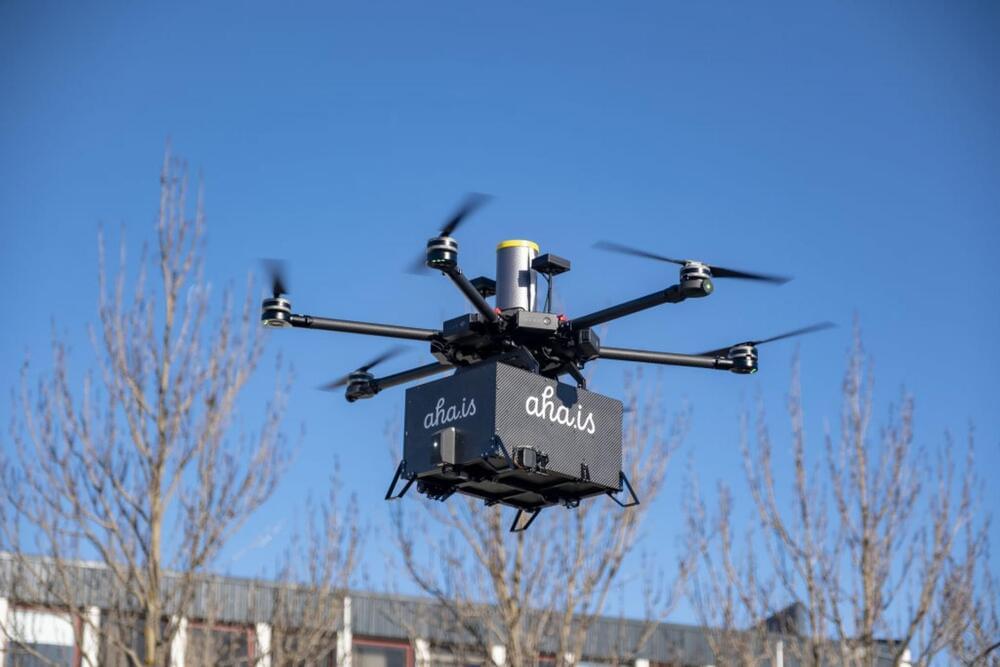
At CES 2023, industry experts weighed in on why drones should be your next delivery vehicle.
Drone deliveries could help reduce unnecessary deaths on roads and improve the environment, industry experts explained Friday.
For example, delivering that hamburger helper via a drone versus someone getting in their car and driving to a place…
Ernir eyjolfsson/anadolu agency via getty images.
At the 2023 Consumer Electronics Show (CES) in Las Vegas, Federal Aviation Administration (FAA) representative Abigail Smith explained that her organization looks to safety as its north star. When it comes to delivering goods with unmanned flying machines, the technology has the potential to improve safety over current solutions.
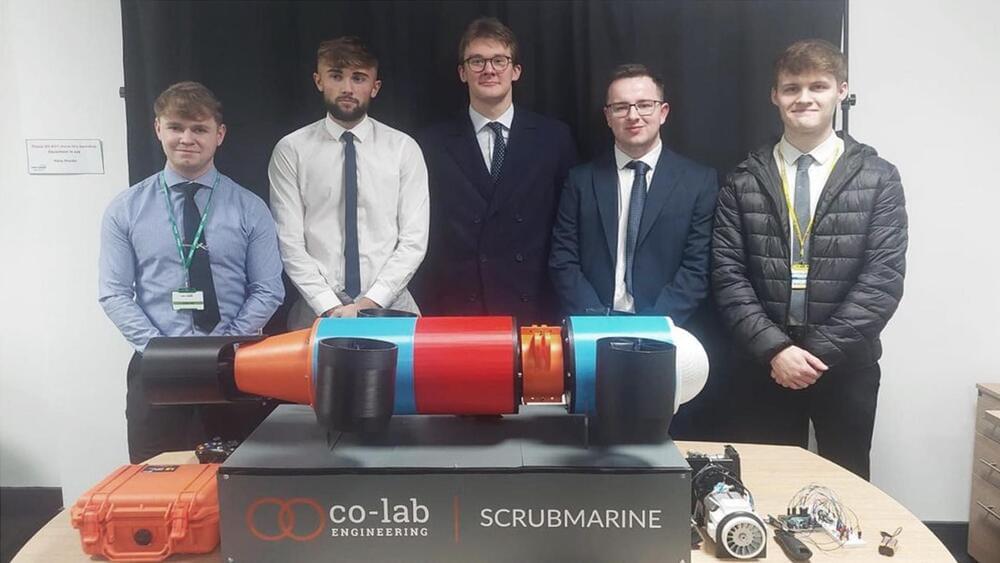
“Five strangers were pulled together” in an engineering challenge to find a solution to a real-world problem.
Engineering researchers of an innovative academy program have designed a Submersible Remotely Operated Vehicle (SROV) in a span of six weeks after accepting the U.K. Navy’s challenge.
“I was skeptical at first that we could pull off such an ambitious project within the timeframe,” said Dylan Brennan, project team lead, a nuclear graduate working for Jacobs.
Co.lab.engineering.
The five young engineers, who were part of the first cohort of the newly launched Co-Lab Engineering Academy, presented a concept design of their “ScrubMarine,” a submersible cleaning drone.

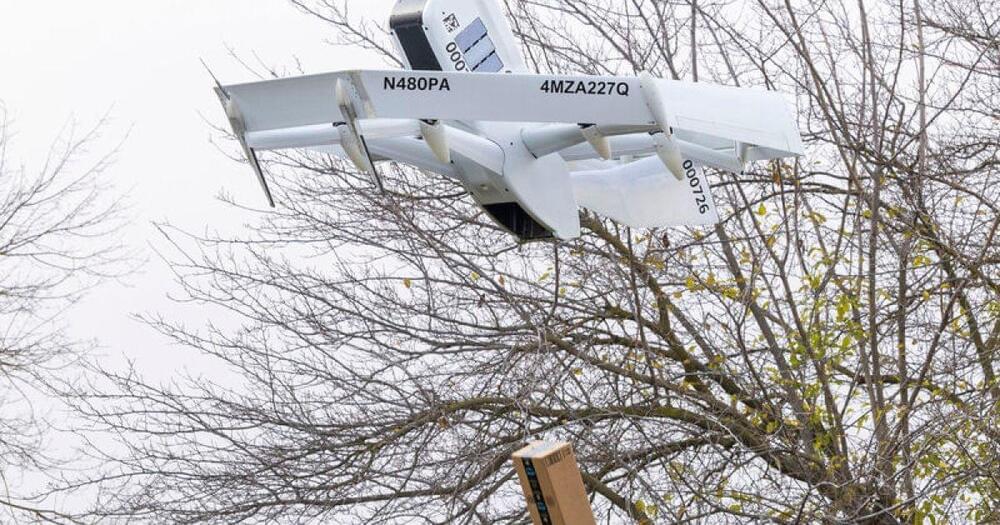
Amazon has launched drone delivery trials in a couple of new locations in California and Texas.
David Carbon, vice president of Prime Air Amazon, announced the development on LinkedIn. His post included a photo (below) showing one of its drones carrying a small box on the end of a tether.
“First deliveries from our new sites in Texas and California,” Carbon wrote in his post. “Couldn’t be prouder of the amazing people that make up Prime Air. These are careful first steps that we will turn into giant leaps for our customers over the next number of years.”
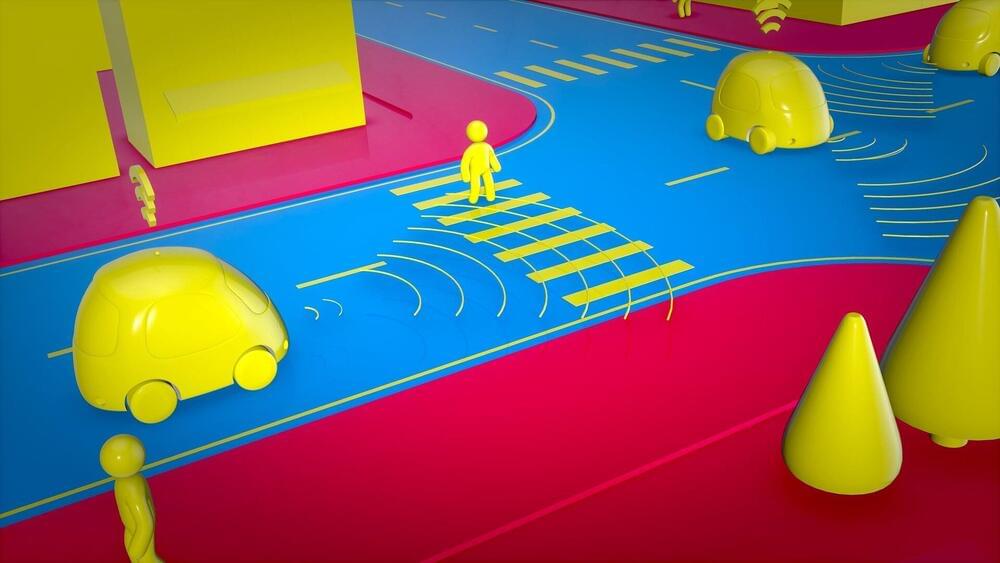
Robots and autonomous cars will have eyes that see much more than the human eye is capable of, a review of the growing field of meta-optics has found.
Meta-optics is advancing science and technology far beyond the 3,000-year-old optical paradigm that we rely on for the visual human-machine interface, such as through cameras in our mobile phones, the lenses in microscopes, drones, and telescopes. Optical components are the technology bottleneck that meta-optics aims to transform, bringing the stuff of science-fiction stories into everyday devices.
The field, which blossomed after the early 2000s thanks to the conceptualization of a material with negative refractive index that could form a perfect lens, has grown rapidly in the last five years and now sees around 3,000 publications a year.